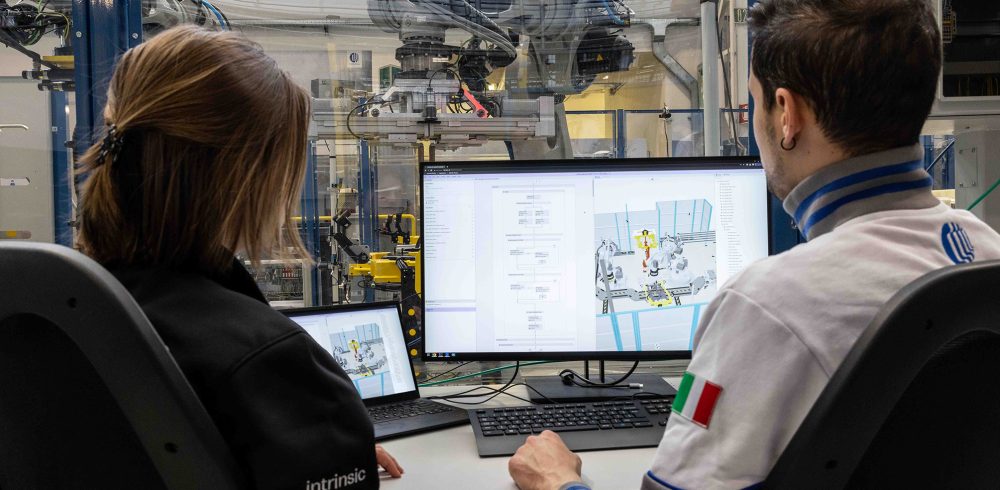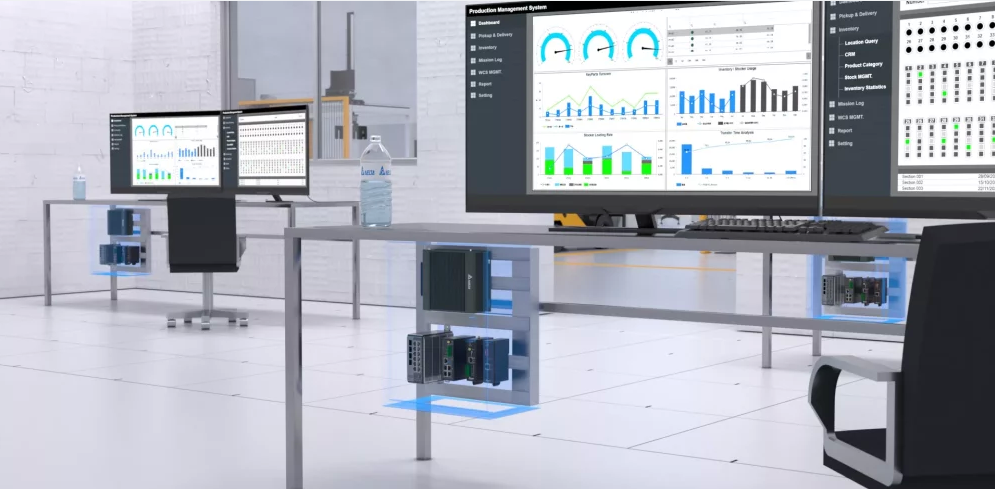The Rise of Collaborative Robots: Transforming Industrial Automation

The industrial landscape is witnessing a remarkable transformation driven by the increasing sophistication and adoption of collaborative robots. These dexterous machines, designed to work alongside humans, are evolving beyond mere automation into intelligent teammates that enhance safety, productivity, and sustainability.
Safety Enhancements
Safety is paramount. Collaborative Robots operate at human-equivalent speeds, making assessing the risks associated with motion easier and allowing nearby operators to avoid any unintended contact. Many protective features govern their operation, such as electrical and physical braking systems and manual brake releases for manipulating the arm even without power. With advances in technology come further improvements in safety.
Advanced Sensor Fusion
Collaborative robots use a combination of LiDAR, ultrasonic, and pressure sensors to map their surroundings with unparalleled precision. This provides them the ability to dynamically adjust to their environment, avoiding collisions with humans or other obstacles. In Ford's Hernebosch engine plant, UR10e collaborative robots from Universal Robots utilize sensor fusion to navigate around bustling workspaces, ensuring worker safety and uninterrupted production.
Virtual Safety Zones
Imagine invisible walls of protection. By setting up virtual zones using cameras and sensors, areas are designated as safe for human interaction. Collaborative robots automatically slow down or halt if a worker enters a zone, preventing potential injuries. This technology, pioneered by companies like ABB, empowers seamless collaboration without compromising safety.
Intuitive Interfaces and Communication
Forget complex programming. Collaborative robots now feature user-friendly interfaces like touchscreens, voice commands, and gesture recognition. This accessibility fosters trust and situational awareness, allowing closer human-robot collaboration. For example, Stäubli's CS8 collaborative robots guide workers through tasks using projected displays.
AI Integration
Already designed to minimize the technical requirements required by their predecessors, AI further simplifies and facilitates getting collaborative robots onboarded, integrated, and productive. Leveraging AI collaborative robots can identify new objects simply by watching a person or using virtual reality without requiring a repository of training imagery.
Predictive Maintenance and Self-Diagnostics
AI-powered collaborative robots can monitor their own health, predict potential failures, and automatically request maintenance, minimizing disruptions and ensuring operational efficiency. This proactive approach, exemplified by KUKA's LBR iiwa collaborative robots, keeps production lines humming smoothly.
Enhanced Human-Robot Collaboration
AI enables collaborative robots to understand spoken commands and respond with natural language, fostering intuitive collaboration.
Konica Minolta’s CoboVox is a voice programming and control application that allows users to program their collaborative robots intuitively, enjoying hands-free operation. CoboVox users save up to half of the programming time compared to conventional methods.
VR Training and Simulation
One of the key applications of VR in factory automation is for robot programming and simulation. Engineers and operators can program and simulate robotic tasks in a virtual environment using VR before implementing them in the real world. This approach allows for safer and more efficient setup processes, reducing the time and expense associated with deploying collaborative robots on the factory floor.
Another application is in training and skill development. VR provides a highly immersive environment where workers can learn to interact with collaborative robots and understand their operations without the risks associated with physical training. This method is particularly beneficial for complex tasks, enabling workers to gain confidence and proficiency in a controlled, virtual setting.
Advanced Grippers and Manipulation
Advanced grippers and manipulation technology enable collaborative robots to handle delicate components, maneuver intricate objects, and adapt to unexpected shapes and sizes. Enhanced by sensors and AI, grip strength can be adjusted to manipulate objects of varying shapes and sizes, increasing the versatility of collaborative robots in diverse manufacturing environments.
Sustainability and Environmental Applications
Collaborative robots are not just boosting productivity — they are helping build a greener future. Equipped with vision systems and AI they can clean solar panels, inspect wind turbines, and perform other crucial maintenance activities, minimizing risks to humans from dangerous tasks. Waste can be efficiently categorized, helping reduce landfills while increasing recycling rates.
To enhance manufacturing efficiency and quality, RUPES, an Italian power tool manufacturer, integrated Universal Robots into its production line to augment human labor with robotic precision, leading to several significant improvements. Waste and operational costs were minimized, overall working conditions improved, and human workers were able to focus on higher-value tasks. This shift optimized the manufacturing process and significantly boosted productivity.
The Future of Collaborative Robots
As collaborative robots continue to evolve, their impact on industry will only grow. With advances in AI, safety features, and human-robot interactions, they will become even more indispensable partners, further transforming how we work and interact with machines.
-
Delta Unveils Groundbreaking Solutions for Smart Manufacturing and e-Mobility at Hannover Messe 2024
Delta, a global leader in power management and a provider of IoT-based smart gre···
-
Industries Must Embrace Automation To Lower Emissions, Raise Efficiencies, Says Schneider Electric Executive
Global industries need to embrace and not fear automation if they are serious ab···
-
Comau’s Advanced Automation: Facing Challenges and Anticipating the Future of Robotics
• Exponential growth: automation drives the future of emerging sectors. Forecast···
-
Schneider Electric highlights software, automation, electrification and Hannover Messe
Hannover Messe is taking place in Hannover, Germany, from April 22 to 26. At the···
参展地址:中国国际展览中心(朝阳馆)
- Delta Unveils Groundbreaking Solutions for Smart Manufacturing and e-Mobility at Hannover Messe 2024
- Industries Must Embrace Automation To Lower Emissions, Raise Efficiencies, Says Schneider Electric Executive
- Comau’s Advanced Automation: Facing Challenges and Anticipating the Future of Robotics
- Schneider Electric highlights software, automation, electrification and Hannover Messe
- Rockwell Automation banks on digital, green transition in China
- Delta DX-2400L9 Series Industrial 4G/WAN Routers









 Asia International Industry Automation & Intelligent Manufacturing Exhibition
Asia International Industry Automation & Intelligent Manufacturing Exhibition

